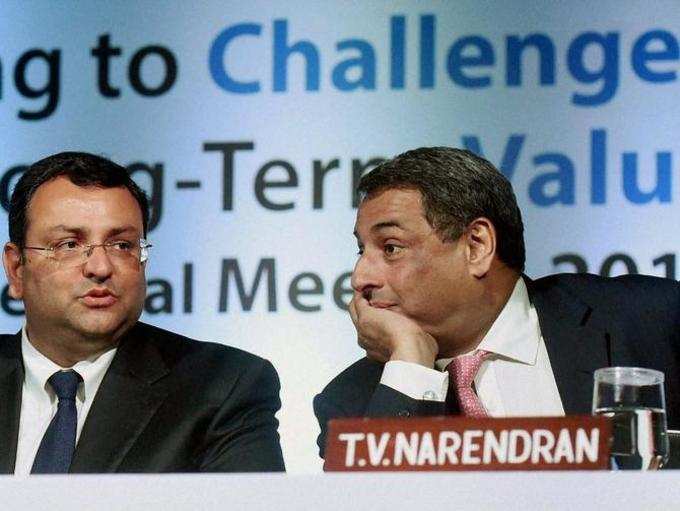 A lot of hopes are pinned on Arun Jaitley’s upcoming Budget. With a day left for the Budget 2016-17 to be unveiled, here’s Mr TV Narendran, Managing Director of
A lot of hopes are pinned on Arun Jaitley’s upcoming Budget. With a day left for the Budget 2016-17 to be unveiled, here’s Mr TV Narendran, Managing Director of “Over the last year, the Government has put in a lot of effort putting in place various building blocks. From administrative reforms such as setting up of the NITI Aayog to launching flagship programmes such as the Prime Minister’s “Make in India” initiative and “SMART cities”. The country has steadily moved up on the World Bank’s Ease of Doing Business index to 130 from 142. And it is imperative the Government continues pushing forward with its reform agenda.
The past one year has been one of the most difficult phases for the domestic steel industry. While the Government set a target of producing 300 million tonnes by 2030, the industry seems to be wobbling at current production levels. According to the Steel Ministry’s Joint Plant Committee (JPC), production of crude steel during April - December 2015 has been stagnant, growing at 0.9% compared to the same period last year, to 67 MT. The trend for demand has been equally dismal.
On the other hand during the same period, the industry faces the impact of the continued surge in imports which grew by 30%, this time from a higher base and predatory pricing from countries like China which have more than 400 million tonnes of capacity surplus. The sector unfortunately also represents a huge proportion of the banks’ non-performing assets (NPA) on account of stalled projects.
While short term measures like safeguard duty and Minimum Import Price (MIP) has provided certain amount of relief, the need of the hour is permanent measures. Another major stimulus would be Government procurement from the domestic steel sector especially for demand creation projects such as urban and Smart Cities. It is expected that significant number of infrastructure projects would be announced, which could further push the demand of steel by 10% – 15 %. Investment in infrastructure will also help us reduce the cost of doing business. While the industry can control the costs within the factory gates, the Government has far greater influence on the costs outside the factory gates. Just as the government has done a commendable job in improving the ease of doing business, we would like more initiatives to reduce the cost of doing business as well.
Others ways of triggering growth for the sector would be reduce or even remove the import duty on certain raw materials like iron ore, coke and metallurgical limestone. Due to limited availability in India, steel manufacturers depend on the import of these raw materials, and at such trying times even a 2.5 % import duty greatly impacts cost of production and other operational costs. It is necessary to streamline the supply of raw material at competitive prices to maintain the economic viability of existing projects and incentivize investment in expansions. Lastly, Indian industry continues to look forward to bring in GST with changes suggested by the CEA Panel which we believe will help simplification in the
(Image credit: PTI)